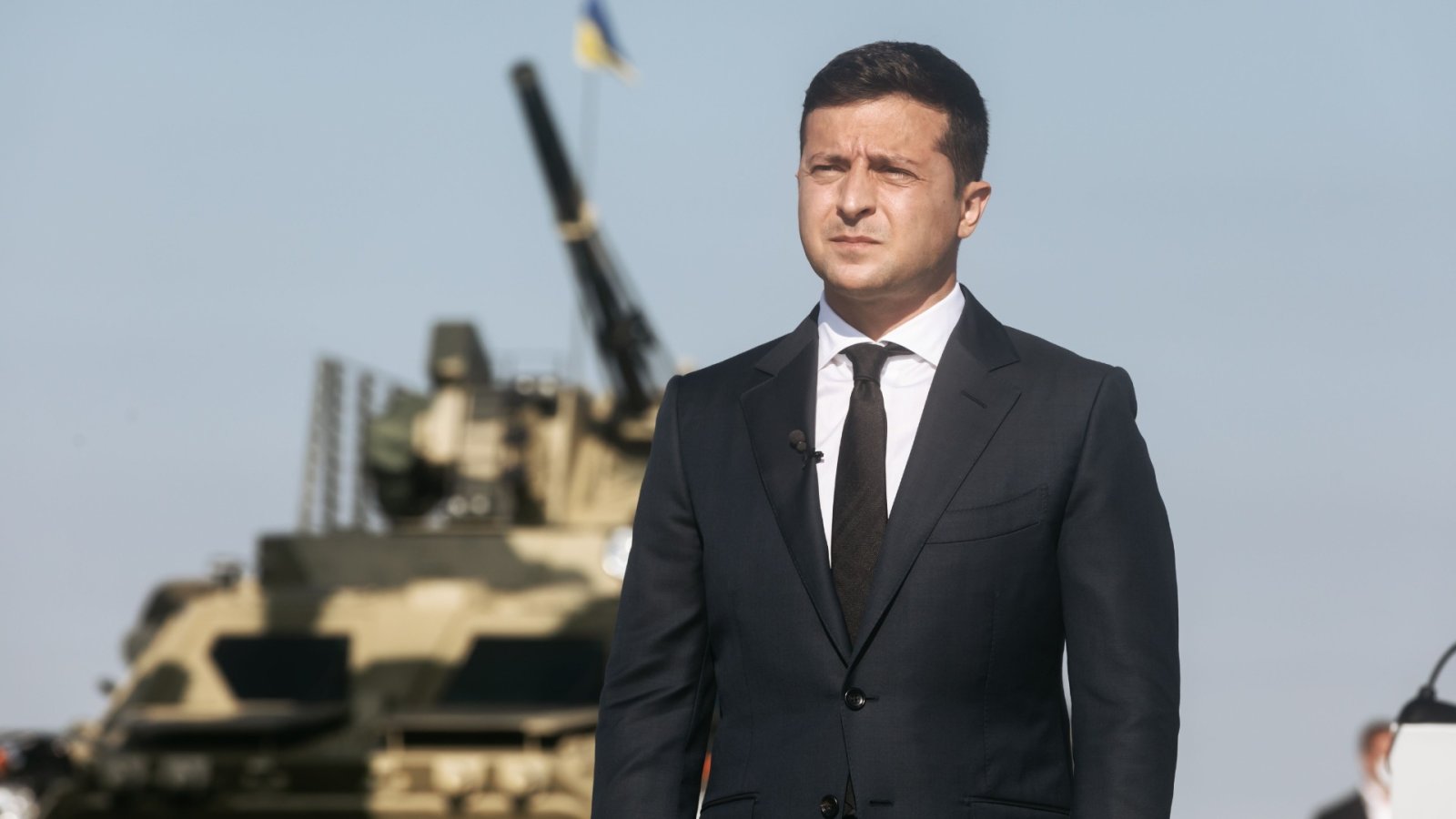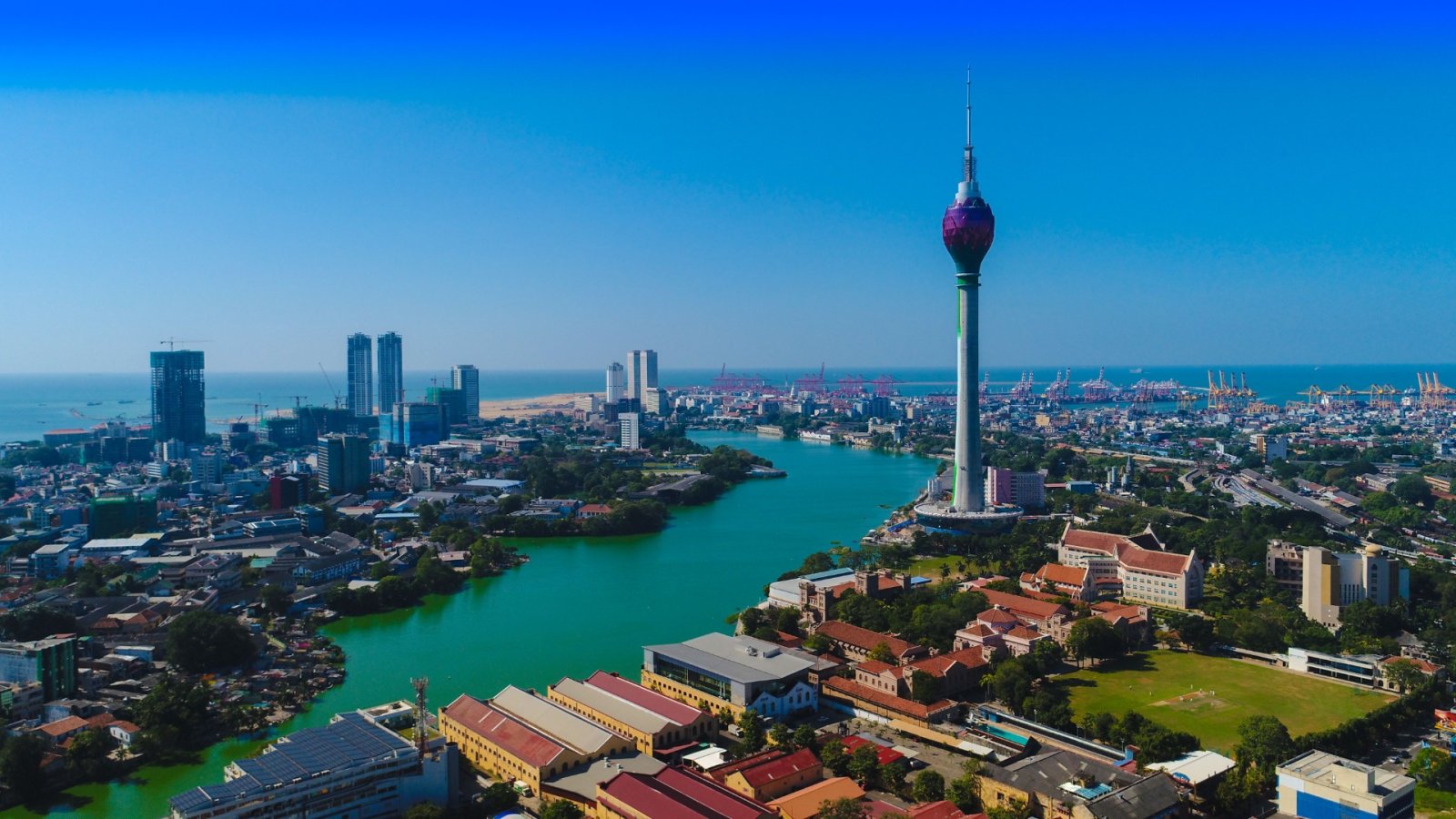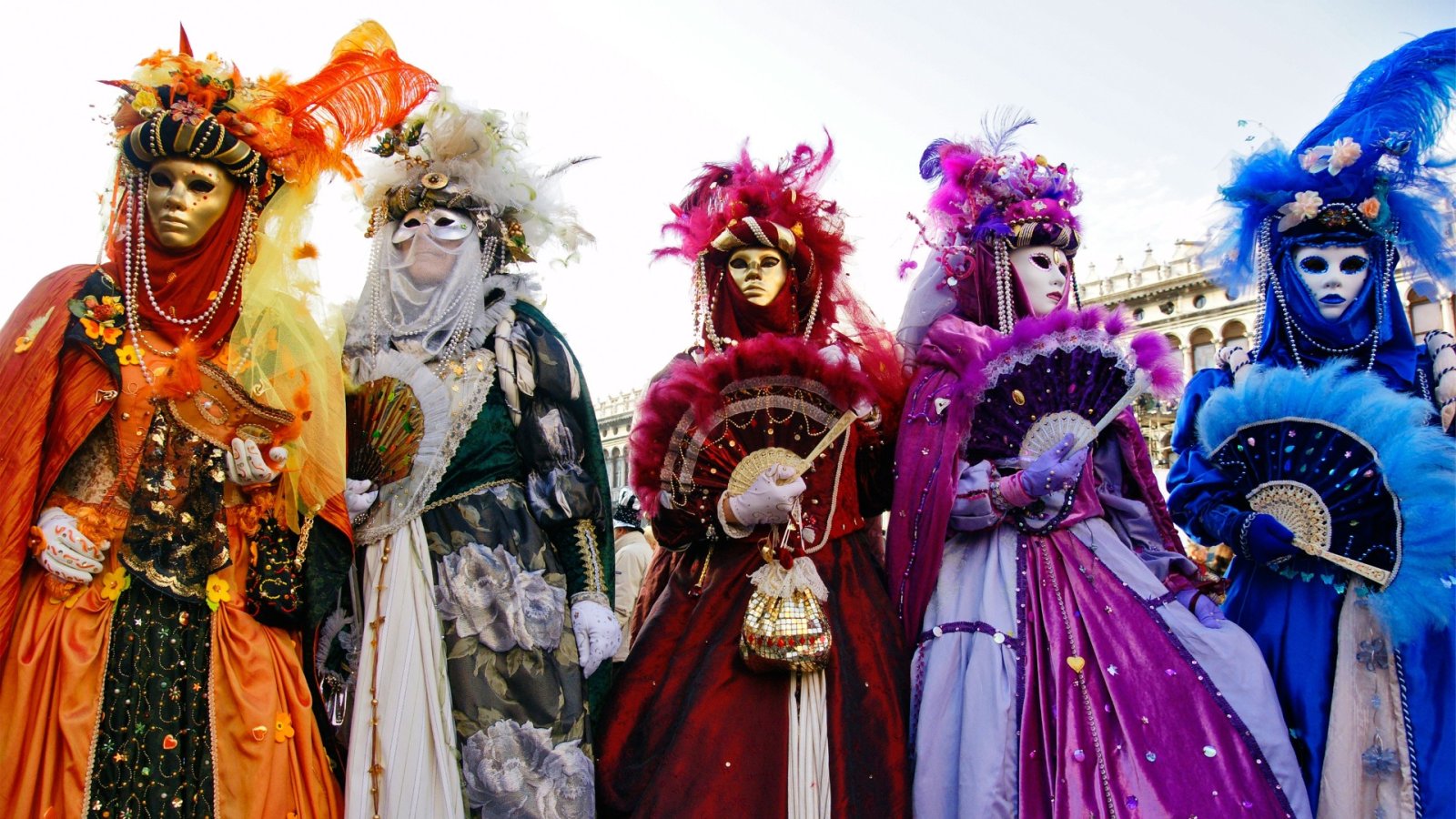Embark on a journalistic exploration as a curious traveler to find yourselves in the typically serene Republic of Venice, La Serenissima, where a captivating transformation unfolds during Carnevale. The city sheds its calm demeanor to become Europe's pleasure playground, with both locals and visitors reveling in licentiousness beneath elaborate masks.
The roots of Venice Carnival stretch back to 1094 when Doge Vitale Falier first uttered the term "Carnevale" to describe public festivities. Commemorating a victorious battle in 1162, the Republic engaged in animal slaughters near St. Mark's Square around Shrove Tuesday. Officially recognized in 1268, the Senate declared the day before Lent a public holiday, establishing the Carnival tradition. Throughout the centuries, Venetians indulged in pre-Lenten celebrations until the fall of the Venetian Republic in 1798, when Austria took control, and Carnival faced outlawing under fascist rule.
After a dormant period of almost two centuries, the Carnival of Venice experienced a revival in 1979, with modern Venetians recognizing its economic potential for the city. The contemporary 10-day Carnival pays homage to Venice's historical role as a powerful trade hub, featuring extravagant costumes and lively parties.
Dispelling the misconception of Venice Carnival as an expensive affair, the event offers numerous free attractions, including shows, costume parades, video projections, and guided museum tours at Piazza San Marco. A diverse range of cost-free experiences awaits attendees, making it a must-attend event. For a comprehensive list of events, one can consult the official Carnevale di Venezia program or rely on our seasoned explorer's seven years of expertise to guide them to the top activities during the Venice Carnival.
The Flight of the Angel, or Il Volo dell’Angelo, stands out as a pinnacle moment in Carnevale di Venezia, marking the initiation of the 10-day celebrations. Originating in the 16th century, a daring Turkish acrobat captivated Venetians by walking a rope from a boat to the bell tower in St. Mark's Square. The annual reenactment on Shrove Thursday commemorates this daring act, though a fatal fall in 1759 led to a ban on further performances by the Doge.
Resurrected in 1979 after a lengthy hiatus, Carnevale kept the tradition alive with the Festa della Marie winner descending the bell tower via a controlled zip line to inaugurate the festivities. The previous year's beauty pageant winner dons a themed costume, and this event serves as the official start of Carnival celebrations. To witness the Flight of the Angel, attendees are advised to arrive early at Piazza San Marco, as it draws large crowds. Entry controls may be enforced, prompting a recommended arrival at St. Mark's Square by 10 am to catch the angel's descent, which occurs at noon on the first Carnival Sunday.
Masks take center stage during the Carnival of Venice, with costumes revolving around unique masks dating back to the 5th century. Flamboyant masqueraders parade through St. Mark's Square, competing for applause and prizes. Participants come from all corners of the globe, embracing the tradition of masking identity and class. Daily parades offer splendid free entertainment and photography, with costume processions occurring throughout the ten days, leading to the final parade on Sunday.
To complete an 18th-century Venetian experience, attendees are encouraged to immerse themselves in the music of the city's pleasure-filled past. Churches and convents once hosted concerts, dancing, and late-night revelries as classical compositions delighted. Antonio Vivaldi, a Venetian-born priest turned renowned Baroque composer, studied under Bach and left a lasting influence.
Special Carnival concerts featuring Vivaldi's works appropriate to the season transport attendees to a lavishly decorated Salone Capitolare, evoking the ambiance of Carnival's dinner show and ball. While the concert alone, lasting 90 minutes after dinner, is a more budget-friendly option, the music resonates with Venice's bygone era of cultural richness and hedonism, particularly during Carnevale celebrations.






